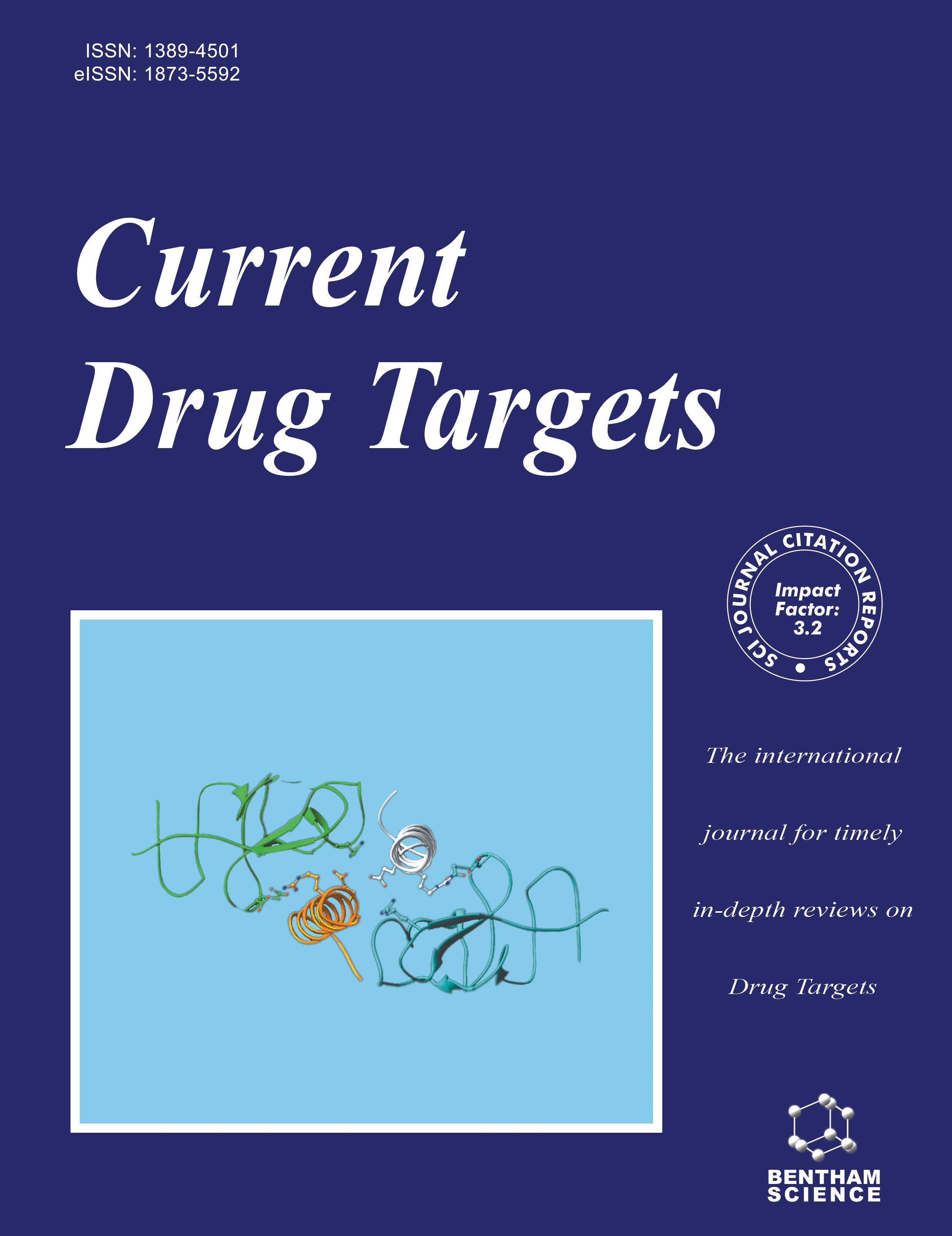
Full text loading...
We use cookies to track usage and preferences.I Understand
Nitazoxanide not only exhibits a broad spectrum of activities against various pathogens infecting animals and humans but also induces cellular autophagy. Currently, the pattern of action and subcellular targets of nitazoxanide-induced cellular autophagy are still unclear.
To identify potential targets of nitazoxanide in mammalian cells, we developed an affinity chromatography system using tizoxanide, a deacetyl derivative of nitazoxanide, as a ligand. Affinity chromatography was performed using VERO cell extracts on tizoxanide-biotin, and the isolated binding proteins were identified by mass spectrometry. Candidate target proteins obtained using affinity chromatography were co-analysed with the drug affinity response target stability method. Fluorescent probes obtained by coupling rhodamine B to nitazoxanide were used for intracellular localisation of the binding targets. Solvent-induced protein precipitation profiling and thermal proteome profiling were used to further validate the binding proteins.
The joint analysis of the drug affinity response target stability method and affinity chromatography resulted in the screening of six possible candidate target proteins. Fluorescent probes localised the nitazoxanide-binding protein around the nuclear membrane. Molecular docking revealed that the binding proteins mainly formed hydrogen bonds with the nitro group of nitazoxanide. Solvent-induced protein precipitation profiling and thermal proteome profiling further validated SEC61A, PSMD12, and PRKAG1 as potential target proteins of nitazoxanide.
The data supports the idea that nitazoxanide is a multifunctional compound with multiple targets.

Article metrics loading...

Full text loading...
References


Data & Media loading...

